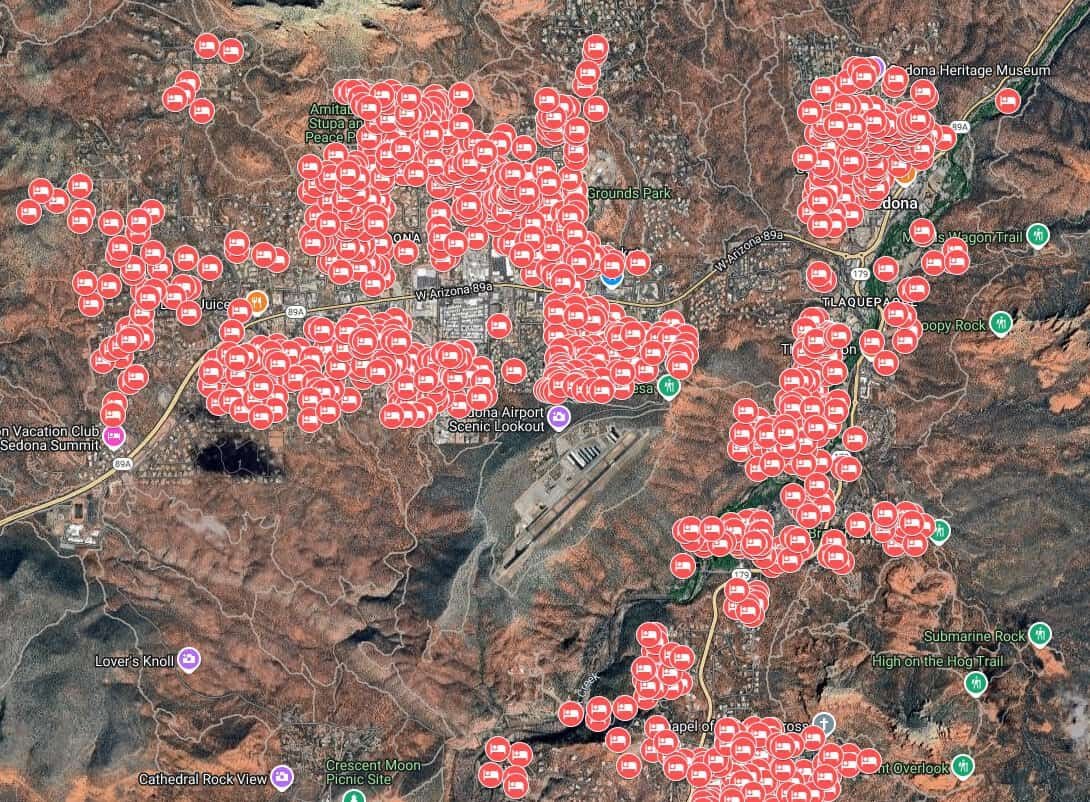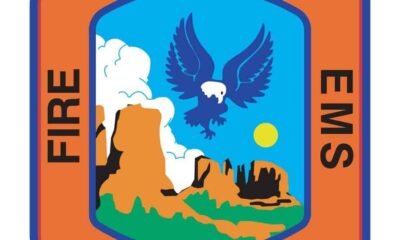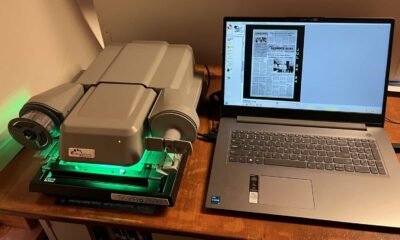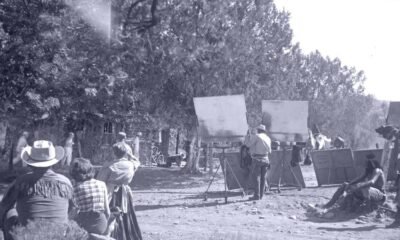Business
Discover Sedona: Unveiling Our Interactive Map of Short-Term Rentals for Greater Transparency

Since the enactment of Senate Bill 1350 in 2016, residents of Sedona have raised alarms regarding the increasing number of short-term rentals (STRs) within the city. Primarily found on platforms such as Airbnb and Vrbo, these vacation rentals have altered the local housing landscape, although the precise impact on property values remains ambiguous.
The operators of these rentals vary significantly. Some are local homeowners renting out spare rooms or vacation homes to supplement their income, while others function as commercial entities, resembling boutique hotels.
Despite the city’s efforts to register STR permits, the information has not been made easily accessible. Communications from the city to residents have often been reactive, lacking the innovative approach seen in other municipalities.
To bridge this information gap, the Sedona Red Rock News has created an interactive map documenting all 1,116 registered STRs in the city. By combining city records with public data, this resource allows residents to search for STRs in their neighborhoods, providing a much-needed comprehensive view of rental activity.
Importantly, this map leverages official data maintained by the city, ensuring its accuracy as a reliable source for understanding where STRs operate legally.
Miscommunication regarding STR numbers has emerged among local officials. One official recently reported that 35% of homes in his neighborhood were STRs, only to later claim that figure rose to 50%. With the map now available, residents can see that the actual percentage of STRs among Sedona’s 6,808 housing units is 16.39%. This factual clarity is hoped to counteract misleading statements.
The interactive map offers residents a way to analyze STR activity in their areas. By entering specific addresses or zooming in on neighborhoods, users can view the precise locations of nearby rentals. This information can equip residents to assess potential impacts on their local housing markets and neighborhood dynamics.
However, users should note that not all properties on the map may be active STRs. Some residents have registered their properties with the city without currently offering them as rentals, while others may rent out their homes only seasonally. The map represents various types of STRs, from individual rooms to entire houses, but does not differentiate these categories.
Despite some limitations, the map is a significant advancement in tracking STR activities. With this tool, residents are better positioned to engage with local governance and influence legislation regarding STRs.
The creation of this resource highlights the essential role of local journalism in fostering government accountability. By making public data accessible to the community, the Sedona Red Rock News is demonstrating its commitment to empowering residents with vital information.
Furthermore, it is crucial for the city and local leaders to be transparent about the tax revenue from STRs and to analyze the economic benefits these rentals contribute to Sedona, including the employment of local workers in various sectors like housekeeping and maintenance.
This map exemplifies how proactive local journalism can enhance transparency and community engagement. By providing access to STR data, residents can better advocate for their interests and encourage well-informed policy discussions surrounding short-term rentals.
Christopher Fox Graham
Managing Editor
















